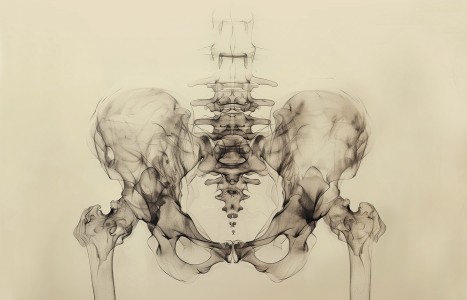People today want convenience, whether it be from their bank, credit card, favorite retail store, or restaurant. They demand it from the companies who hold their loyalty, including their health care providers (you). They don’t want to call and possibly be put on hold, and they want to use an app or schedule an appointment on your website. Here are three reasons your practice can gain by switching to online appointment scheduling.
ISO-TC 249: International Standards For TCM
I suppose by looking at the title that you are wondering, is this a misspelled word?, a mistake or something that I should know about? Well if you thought about the last one you are correct. The results of this group will have an impact of the acupuncture profession in the United States for years to come.
ISO-TC 249 stands for International Standards Organization – Technical Committee 249. This organization has members from around the globe. The members are nations, not individuals. The United States is a member of this organization.
The technical committees work on various projects to establish standards that can and will be used around the world for numerous industries as guidelines for professional and regulatory agencies. Examples of these kinds of standards include areas like terminologies, standardization for the building industry and health issues.
You might ask yourself, "How does this organization relate to the acupuncture and Oriental Medicine community and the practices and procedures?" This specific Technical Committee, now named ISO-TC-249 was called for by the People's Republic of China.
Approximately 85 percent of the herbs used in Traditional Chinese Medicine, around the world, are grown in various regions of China and exported to countries around the world. This is because of specific locations, growing conditions, harvesting and storing. This is a huge industry in China and keeps many people employed.
Are several large herbal manufacturing plants in both China and other countries? Yes. Two of the largest manufacturing plants have independent labs that are located outside the manufacturing plants. These labs analyze and/or test a sample from every bag of herbs that arrive at the manufacturing facilities. Herbs are packaged and shipped in 25 pound bags, similar to a bag of fertilizer.
The sample from each bag of herbs is tested for:
- Pesticides, fungus, mold, bacteria, spores, and poisons.
- For the presence of heavy metals.
- Does the bag contain the correct species of plant that is labeled on the outside?
- Is it the correct part of the plant?
These lab findings have produced interesting and somewhat alarming results. One company has found that 33-35% of the bags tested have to be returned. The other has found that 25 to 28% of the bags have to be returned. This shows that ¼ to 1/3 of the herbs being shipped have to be returned because they do not meet the standards.
This situation is presenting some safety issues. Safety and its ramifications are being looked at in studies worldwide.
Thus, China called for and ISO-TC to study, analyze and make recommendations for international standards.
ISO-TC 249 is working to standardize herbs, medical devices used in acupuncture offices and terminology (informatics).
The delegation from the United Sates is chaired by Michael McGuffin, the Executive Director /President of the American Herbal Products Association, AHPA. The 43 member committees for the United States is composed of herbal, distributors, government officials, practitioners and yes me.
The first meeting was held in Beijing with the most recent plenary meeting in Durbin, South Africa. During the meetings there were observers who were African Traditional Medicine practitioners, (Singomas). They shared their knowledge in an informational workshop at the end of the meetings. They wore many of their traditional colorful outfits and added much information to the meetings.
The structure of the Technical Committees are divided into four working groups: (WG)
- WG 1
- WG 2
- WG 3
- WG 4
- WG 5 – Informatics and terminology
In the area of medical devices, needles used in acupuncture treatment were the first issue to be discussed and recommendations made. These include manufacturing, cleanliness and safety standards.
As the various working groups formulate recommendations for standards, they must be presented in the plenary session and then the recommendation is send out to each country within the organization for voting.
These types of standards, when accepted globally will help the acupuncture profession move forward in the United States by providing standards for herbs, devices and terminology. In the herbal category several of the presentations focused around the formation of bar coding for each individual herb.
More information will come in the near future. If you have any questions, feel free to email me at marilynallen@aol.com.


